Automated trading is a type of investment in financial markets that use a program that follows pre-programmed rules for entering and terminating trades. As a trader, you’ll mix in-depth technical research with establishing specifications for your positions, like orders to open, following stops, and assured stops.
An automated trading system (ATS), a subcategory of algorithmic trading strategies, uses software to generate buy and sell orders and then automatically sends the orders to a market gateway or exchange.
The computer program will automatically create orders based on a predefined set of rules while employing a trading strategy based on technical analysis, intelligent statistical and mathematical computations, or input from other electronic sources.
Automated market centers, such as electronic communications systems, “dark pools,” and automated exchanges, frequently use automated trading systems with electronic trading. Electronic trading platforms and automated trading systems can perform repetitive tasks with orders of magnitude faster than any human counterpart.
For automated trading, conventional risk controls and protections that depend on human judgment are inappropriate, which has led to problems like the 2010 Flash Crash. To deal with automated trading systems, new controls like trading curbs or “circuit breakers” have been incorporated in some electronic markets.
Investors’ workloads are reduced by automated trading platforms’ independent asset analysis. Additionally, these trading platforms aid users locate lucrative trading opportunities and the most advantageous entry and exit positions for these trades.
Also Read: Day Trading Options: A Risky Yet Profitable Strategy
Contents
- An Introduction to The Automated Trading System
- Setting Up “Rules” For Your Trading Strategy
- Types of Auto Trading Systems
- Best Automated Trading Platforms
- Advantages Of the Automated Trading System
- Disadvantages Of Automated Trading System
- Bottom Line
- FAQs
An Introduction to The Automated Trading System
Automated trading systems can also be referred as algorithmic trading. It enables traders set up particular logics or rules for both trade entries and exits. Once programmed correctly, the trading system can carry out all your trading operations automatically by using a computer. In fact, according to several platforms, between 70 and 80 percent of the shares traded on American stock markets come from automated trading system.
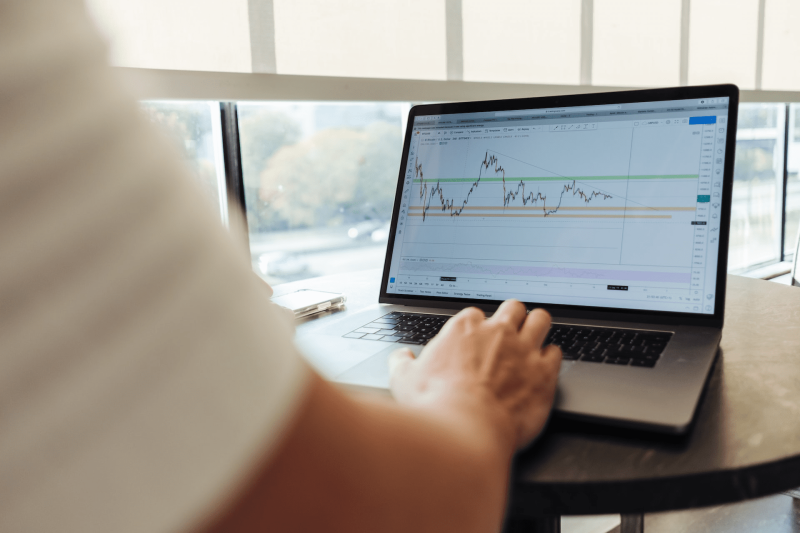
Traders and investors can plan and develop automated systems that allow computers to execute and track trades based on precise trade entry/exit and risk management strategies. One of the primary advantages of an automation strategy is that it can help you control your emotions in trading by meeting your predetermined conditions and triggering the trade automatically.
The conditions for trade entry and exit can be simple, such as a moving average crossing. Although, you must have a good understanding of the programming language you’re using. At the same time, learn how to implement the logic into an automatic trading system. They may also be based on the subject-matter knowledge of a qualified programmer.
Any special rules comprising the automated trading system need to be developed in the proprietary language of the platform and call for the usage of software linked to a direct access exchange or broker. For instance, programming in easy language is used in the TradeStation platform. The Ninja Trader platform, on the other hand, makes use of NinjaScript.
Setting Up “Rules” For Your Trading Strategy
Some trading platforms feature “wizards” for developing strategies that let users choose from a variety of widely used technical indicators to create a set up rules that can then be traded automatically. On a five-minute chart of a particular trading instrument, the user could decide, for instance, that a long position trade will be initiated once the 50-day moving average crosses over the 200-day moving average. The kind of order (market or limit, for example) and the time the trade will be executed (for example, at the close of the current bar or the start of the following bar) can also be entered by users, or they can utilize the platform’s default values.
However, a lot of traders prefer to program their own unique indicators and approaches. They frequently collaborate closely on system development with the coder. Although it usually takes more work than using the platform’s wizard, this method offers far more freedom, and the outcomes could be more satisfying. Unfortunately, there is no ideal investing plan that will ensure success, just like there isn’t the trading industry.
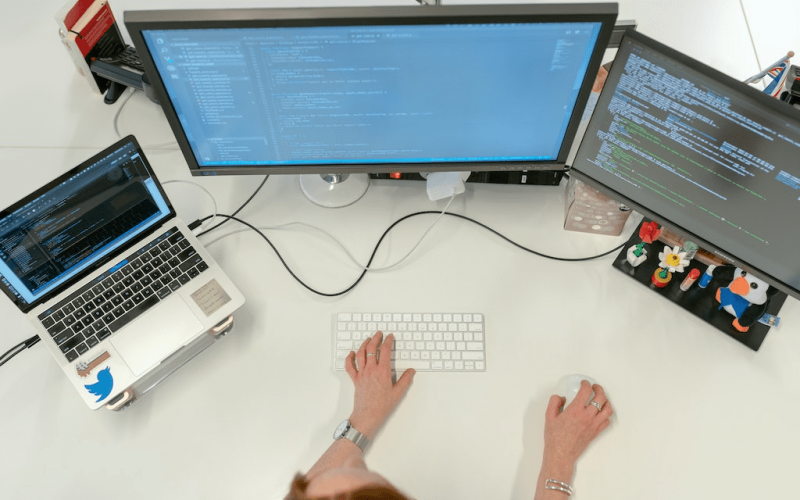
Once the rules are in place, the computer can watch the markets and look for buy or sell opportunities in accordance with the trading strategy guidelines. Depending on the individual regulations, any orders for protective stop losses, trailing stops, and profit goals will be immediately generated as soon as a trade is entered.
Types of Auto Trading Systems
Trade entry and exit rules can be set up expressly by traders using automated trading systems. These programs and historical data-based systems are designed to automatically create trading signals that can be executed. An automated trading system can be used in several ways. There are three main categories of automated trading systems:
- Trading Bots: Trading robots are automated software applications that execute transactions on a trader’s behalf. Artificial intelligence is typically incorporated into the program to ensure all variables are considered while choosing the best trade deal available. Before making a deal, the auto trading bot monitors the market conditions for promising trading chances, runs through previous data, and contrasts those results with the current price patterns.
The robot also thinks about the ideal escape point using the information gathered. Most of the time, traders do not need to actively participate in the trading process, but they must have some basic market knowledge to keep track of their deals.
- Signals: A trade signal is a prompt to purchase or sell an asset based on factual research. The analysis may be generated by humans using technical indicators or mathematical equations based on market activity combined with economic indicators.
Different types of input are needed for trade signals. However, basic and quantitative analysis may also be important factors to consider. Technical analysis is typically the main component. Creating trade signals may also be influenced by sentiment and signals from other signal systems. Trading signals aim to give investors an emotion-free way to buy or sell an asset.
Copy Trading: A trading strategy is known as “copy trading” enables novice traders to mimic the trading methods of seasoned professionals. The main goal of copy trading is for a new trader to make as much money as an experienced one. It is an investment choice with fewer opportunities for fatal errors. But before copy trading, it’s crucial to comprehend the procedure and conduct a market analysis.
Best Automated Trading Platforms
So that you can choose the best-automated trading platform for you, let’s examine the top 6 platforms in more detail.
eToro Copy Trading
Copy trading at eToro allows you to replicate the moves of professional traders. You can choose which traders you like to follow based on their historical performance, trading philosophy, and current positions. Therefore, you can allocate a portion of your portfolio to imitate stock traders, cryptocurrency traders, and long-term investors. There are countless possibilities for customization and diversification.
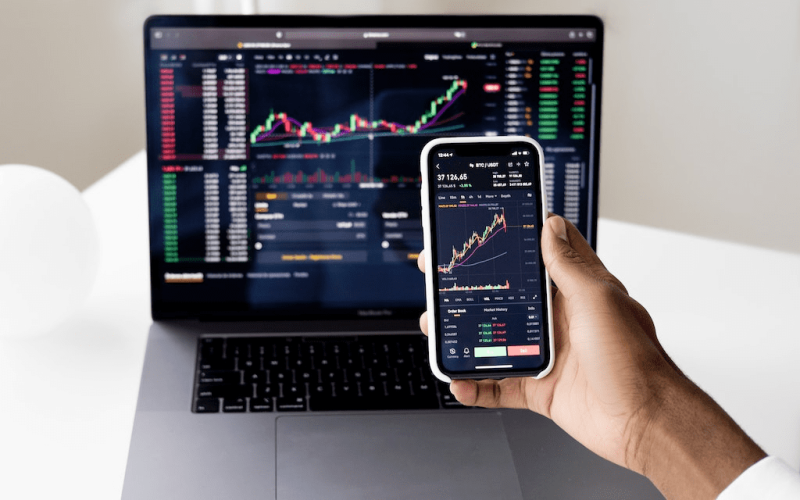
There are no fees associated with copying another trader on the eToro platform. At eToro, you merely pay the typical trading commissions and spreads, some of the lowest in the sector. In actuality, eToro does not charge commissions for stock trades. With eToro, you can begin copy trading and as little as $200 per trader you want to follow, and you can open a new profile with as little as a $10 minimum investment. eToro provides round-the-clock customer support if you have inquiries about copy trading.
NFT Profit
The automated trading platform NFT Profit specializes in bitcoin trading. Please note that this isn’t a non-fungible token (NFT) marketplace of any kind, despite the fact that its name might include them. But NFT Profit auto-trades NFTs rather than trading Bitcoin or other well-known cryptocurrencies (non-fungible tokens). NFT Profit is more like a fine art trading platform than your typical cryptocurrency robot because NFTs handle digital art or other collectibles.
The platform’s AI algorithm analyzes historical sales data and several other variables to find NFTs selling for a discount before turning around. The website for NFT Profit claims that this automated trading system has a success rate of 99.6%. Even more remarkable is that using NFT Profit has no trading fees. Simply sign up and deposit $250 to seed your profile is all it takes to get going.
TeslaCoin
One of the top cryptocurrency auto trading platforms is TeslaCoin, a cryptocurrency. You can automatically trade execution well-known cryptocurrencies such as Bitcoin, Ethereum, and Bitcoin Cash with TeslaCoin. The platform is special because the money in your trading account is kept in TeslaCoin, which has the potential for appreciation.
The trading robot can quickly switch between cryptocurrencies thanks to TeslaCoin. Although TeslaCoin doesn’t disclose its past performance, reviews of this automated Cryptocurrency trading program are generally positive. Additionally, TeslaCoin asserts that it uses stop losses to minimize your risk when trading. TeslaCoin requires a $250 deposit, but you can test it out in a demo account before putting real money on trades.
Meta Profit
Another excellent platform for automated Bitcoin trading is Meta Profit. Several well-known cryptos, including Bitcoin, Ethereum, Monero, Ripple, and Bitcoin Cash, can be traded as CFDs through this platform. The platform uses an AI algorithm to find trades and carry them out, allowing it to monitor market conditions continuously.
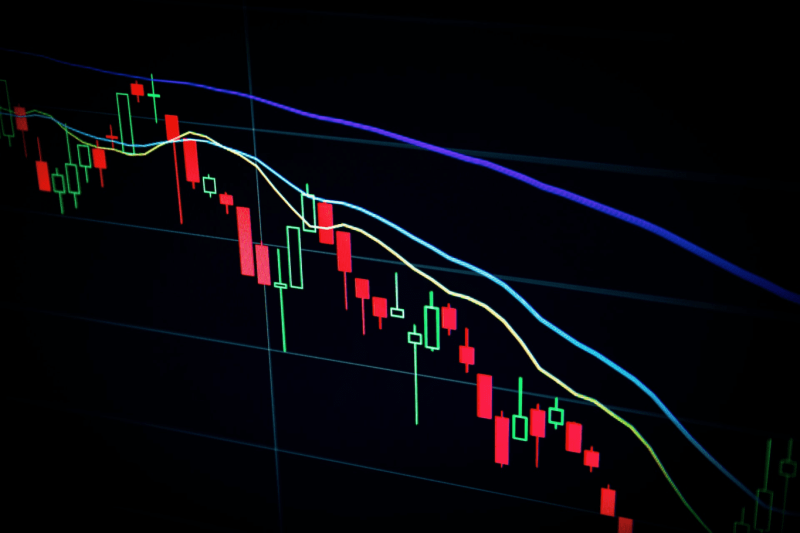
With a claimed success rate of 99.4%, Meta Profit competes favorably with other leading auto trading platforms. You can test out the software with a demo account to see if it’s right for you and to practice tuning the algorithm for the current state of the market. Using Meta Profit’s automated trading software is free of charge. However, to gain access to Meta Profit, you must deposit a minimum of $250.
Bitcode AI
Another automated platform that is gaining popularity is Bitcode AI. This Bitcoin trading bot, like many others, focuses on separating the market using its machine learning and artificial intelligence system. This is a crypto trading bot, so you should be aware of that, and we advise you to do some research before using it.
The bot’s developers assert that they don’t charge any fees for the trading service and that deposits and withdrawals are also free. However, remember there is a $250 minimum deposit requirement and a 24-hour withdrawal processing window.
The bot’s capacity for leveraged trading is another impressive feature. You can exponentially increase your profits using Bitcode AI’s up-to-500:1 leverage on margin trades. You can get an automated crypto trading system with Bitcode AI that works for both novice and experienced traders. It is adaptable and versatile and even provides a demo account for strategy testing.
Oil Profit
One of the top automated trading platforms for financial markets, Oil Profit, focuses on assisting you in making money off the oil markets. Commodity traders now have access to Oil Profit, an automated trading software that enables them to exchange the oil markets conveniently from their homes. This automated oil trading platform charges a 2% commission on all profitable trades as fees. For withdrawal exchanges, which are frequently processed within 24 hours, the broker also levies a 2% fee.
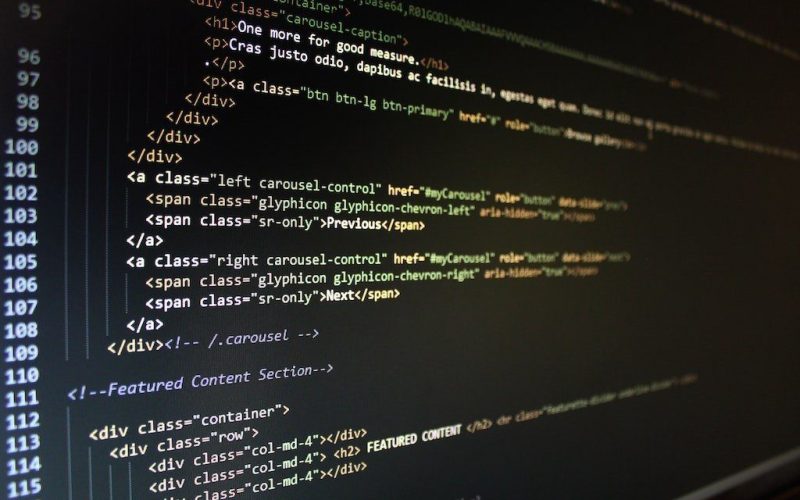
The trading platform is simple to use. It connects with a group of partner brokerage firms to help investors method and manage their trade positions while also ensuring the security of assets. Despite our limited search results for information on the trading system’s creators, we still caution you against using this platform because we could not independently verify its success claims.
Also Read: The Ultimate Rounding Bottom Pattern Strategy Guide
Advantages Of the Automated Trading System
There are numerous benefits of performing transactions and tracking markets by using a computer device:
Reducing Emotions
Automated trading platforms help control your emotion while trading. Traders generally stick to the strategy better by managing their emotions. Trades are executed automatically after the entry/exit rules are met and restricts traders from making a second-guess the trade. Automated trading can help traders who are prone to overtrading by buying and selling at each and every positive motivation, as well as those who are reluctant to “pull the trigger.”
Backtesting
Backtesting evaluates the viability of a strategy by using previous market data as well as trading rules. All rules must be unambiguous and without space for interpretation while developing an automated trading system. The computer needs specific instructions since it is unable to take risks based on assumptions. Traders can apply these particular rules and evaluate those using historical data before risking their money in actual trading. By carefully back testing a trading concept, traders can evaluate and improve it as well as ascertain the system’s expectation or a standard amount for each unit of risk that an individual can expect to gain (or lose).
Maintaining Discipline
Even in tumultuous markets, discipline is maintained since trade rules are defined and trade execution is carried out automatically. Emotional considerations like the dread of suffering a loss or the desire to squeeze out just a little bit more profit from a deal cause discipline to be lost frequently. Automated trading makes it easier to keep discipline because the trading strategy will be adhered to precisely. Furthermore, “pilot error” is reduced. For instance, if a mistake is made and a 100 share buy order is placed as a 1,000 share sell order.
To plan a deal and execute it is one of trading’s most difficult tasks. Trading plans may be profitable, but traders who break the rules change any expectations the system would have had. A trading strategy that consistently outperforms the market does not exist. Losses are inevitable in any game, after all. Losses, however, can be psychologically traumatic, so a trader who has had two or three consecutive losing trades may decide to forego the next one. The trader has already ruined whatever hope that the system had if this next trade had been a success. Trading the plan consistently is made possible by automated trading platforms.
Accelerating Order Entry
Automated systems are able to generate order as soon as trading criteria are satisfied since computers react to shifting market conditions instantly. A few seconds earlier entry or exit can have a significant impact on the result of a deal. All additional order, including as protective stop losses and profit goals, are produced automatically as soon as a position is opened. Markets can move quickly, and it can be disheartening to see a trade hit its profit target or blast beyond a stop-loss level before the order can be placed. This is avoided by using automatic trading systems.
We hope that this blog will be beneficial for you. We will continue to create useful works in order to get inspired by everyone. We are sure that we will achieve splendid things altogether. Keep on following Finagle for the best and more.
Disadvantages Of Automated Trading System
Although automated trading systems have many benefits, there are some drawbacks and truths that investors should be aware of.
Mechanical Failures
The automated trading idea appears straightforward: install the software, set up the rules, and observe it trade. Automated trading is an advanced trading strategy, but it is not perfect. A trade order might not be stored on a server but on a computer based on the trading platform. That implies that an order might not be delivered to the market if an internet connection is lost. The order entry platform element that converts the strategy’s “theoretical trades” into actual trades may differ from the strategy’s output in some other way. When using automated trading systems, most traders should anticipate a learning curve. It is typically a good idea to start with simple trade sizes while refining the process.
Monitoring
Automated trading systems necessitate monitoring, even though it would be great to turn on the computer and go about your day. This is due to the possibility of technological malfunctions like connectivity problems, power outages, computer crashes, and system quirks. Anomalies could occur in an automated trading system, leading to errant orders, missed orders, or duplicate orders. These events can be quickly found and dealt with if the system is monitored.
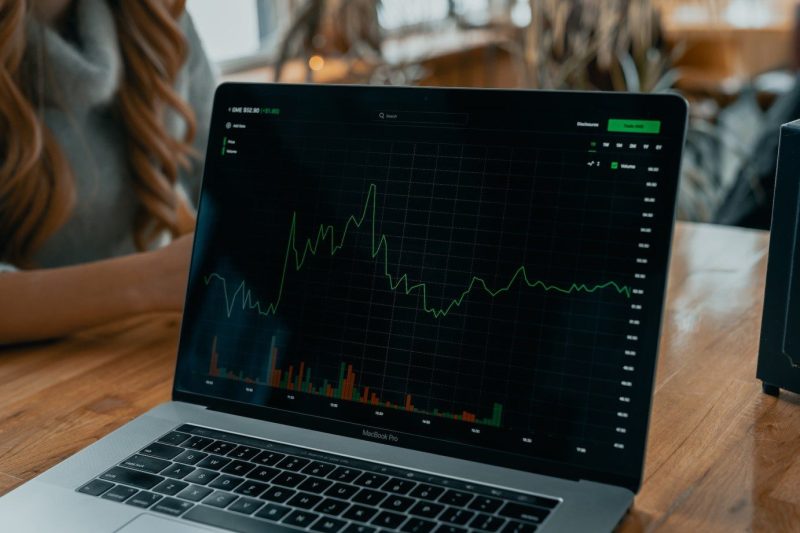
Even though automated trading can be a very useful tool for investors, it has drawbacks. Before deciding to use an automated trading system, weigh these disadvantages against their advantages.
- Some traders find it difficult to accept a lack of control.
- Backtested winning strategies may not hold up in the real world.
- It is simple to overoptimize your approach.
Many expert advisors or robots have debatable success rates.
Bottom Line
While appealing for many reasons, automated trading systems shouldn’t be used in place of conservatively executed trading. Because technological failures can occur, these systems do need to be monitored. Traders looking to reduce the risks of mechanical issues may find a solution in server-based platforms. Remember that you should have some trading knowledge and experience before using automated trading systems.
If you want a method that enables you to trade in accordance with predetermined parameters, automated trading can be the best option for you. This is especially useful when attempting to avoid trading emotionally. For those looking for a minimal maintenance trading approach that makes use of cutting-edge technology, automated trading is a realistic option.
FAQs
Does Automated Trading Work?
Automated trading help traders execute orders efficiently. The system allows users to trade from several trading accounts or use different trading techniques simultaneously. The trading industry ensures diversification through the spread of risks among numerous investment instruments.
Can You Make Money with Automated Trading?
Yes! Automated trading can be profitable if a few key steps are taken. These include appropriate backtesting and validation procedures and suitable risk management strategies. Unfortunately, many people never quite get this right and lose money.
Is Automated Stock Trading Legal?
Yes, automated trading is allowed. However, many consumers may disagree about how automated trade affects markets, but the industry doesn’t enforce any legislation that will prevent retail traders from employing trading bots.
Who Uses Automated Trading?
Institutional investors and significant brokerage houses usually use automated trading to reduce trade fees. According to studies, algorithmic trading can be advantageous for larger orders representing 10% of the overall trading volume.











